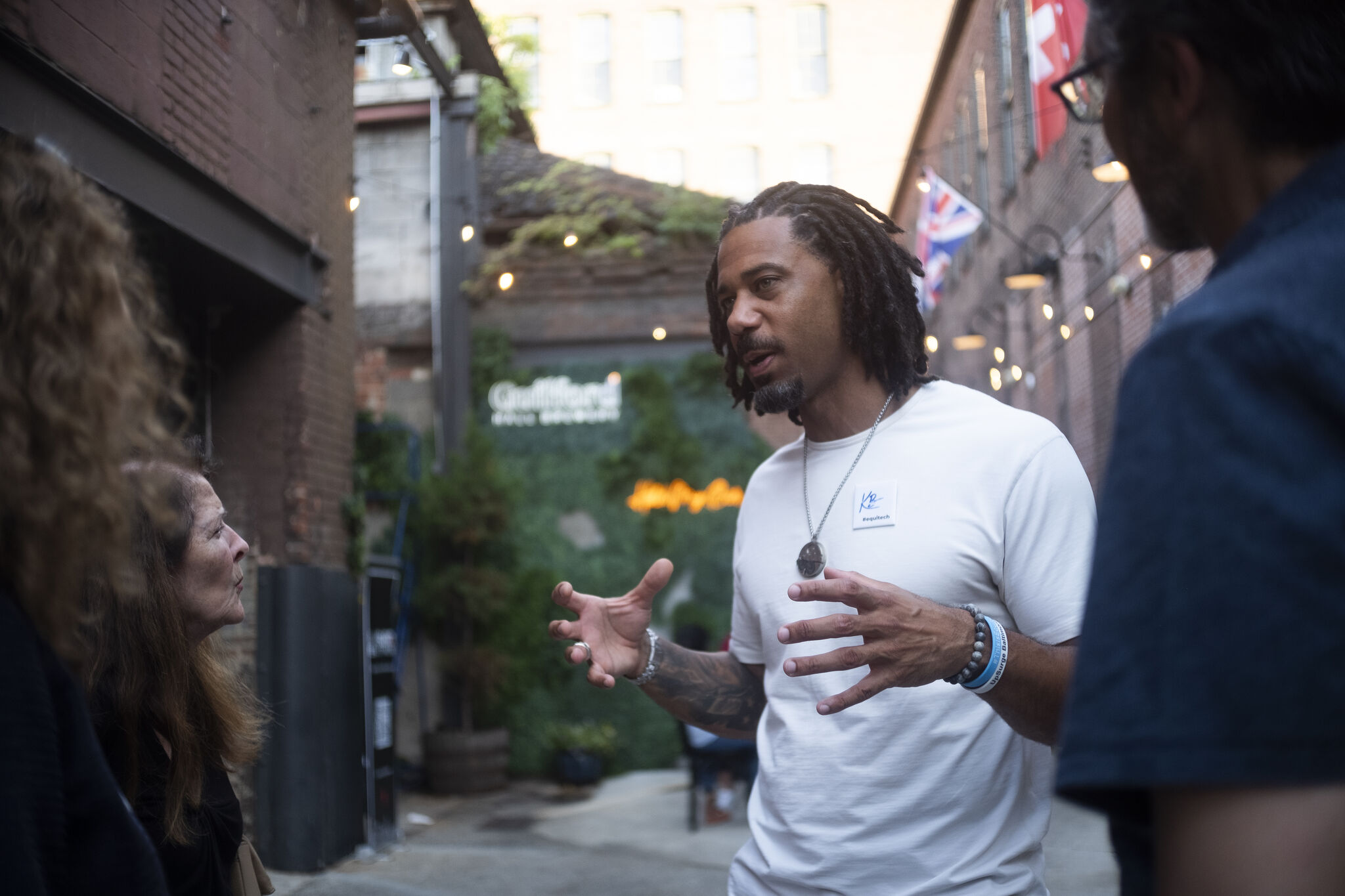Where Maryland tech and startups connect. Find your local innovation community.
Join thousands of innovators, builders, decision-makers and aspiring technologists and entrepreneurs who rely on Technical.ly’s weekly update with all things tech and startup in MD. In your inbox every Wednesday.
Check out events, apply for jobs, find people to meet, read the latest news and browse preferred partner services. Technical.ly’s reporting in this ecosystem is supported in part by TEDCO.
Resources for Maryland
Maryland ecosystem news
Baltimore bets on Harford County’s defense biomanufacturing base in Phase 3 Tech Hubs bid
Plus, a Baltimore Emerging Technology Centers leader steps down, Johns Hopkins student entrepreneurs compete for funding and other power moves.
lateset Biotechnology news
Korean biotech company expands to Baltimore with 100k-sq.-ft. stem cell facility
Supported by loans from city and state governments, Nature Cell plans research and manufacturing efforts that could create up to 500 jobs.
Longeviti secures $10M to advance brain surgery technology
Plus, the Baltimore Children and Youth Fund’s year of awards, the state’s Board of Public Works funds community revitalization projects and more Maryland money moves.
Vasoptic Medical sees a clearer vision for how we monitor eye health
The biomedical startup’s noninvasive blood flow technology can be used to detect glaucoma and neurovascular conditions.
Maryland Tech Council forms new alliance to promote data center industry
Plus, the University of Baltimore names its AI center’s advisory board chair.
Preferred Partners
Each vendor has been vetted, is active in our local markets and contributes to our independent newsroom (through either a client relationship or referral agreement). Connect with a company today. SEE ALL PREFERRED PARTNERS

Spark Baltimore launched in 2016 and extended further into the Inner Harbor with Spark Flex. That space has housed offices used by tenants like The Baltimore Banner and Fearless (which also has offices in the main Spark building), although national Spark community and partnerships director Shervonne Cherry confirmed that the Spark Flex space was not yet open for coworking.

University of Maryland BioPark
The University of Maryland, Baltimore BioPark offers a dynamic lab and office environment for life science companies — including global firms such as Pharmaron, Illumina, BD and Catalent — next-gen ventures, university spinouts, distinguished research organizations, cutting-edge clinical care and contemporary workforce training programs.
Latest cybersecurity News
BannerX: Expanding Maryland’s conversation on AI, cybersecurity and the future of business
The new event convenes leaders to discuss the best path forward for their organizations — and their communities.
How students spent the summer building Baltimore’s tech future
Interns presented projects in data science, cybersecurity and community data analysis at a showcase for the CodeWorks+ program.
Baltimore trivia: Prove your local news knowledge in our latest quiz
See how many local happenings you remember in the innovation scene.
Cyber startup raises $15M to open Baltimore office and expand sales team
Pixee developed an agentic AI tool to automate fixing flaws in software to prevent attacks. It boasts a 76% acceptance rate from developers.
latest AI news
Maryland’s Startup Tracker
What’s a startup’s potential for growth and impact on its community — and how does that change over time?
The tracker assigns a RealLIST Score to each company, calculated via proprietary formula using data from industry-standard sources like Crunchbase and PitchBook, plus details from the US Patent & Trademark Office, the Technical.ly Innovation Index and more.





















